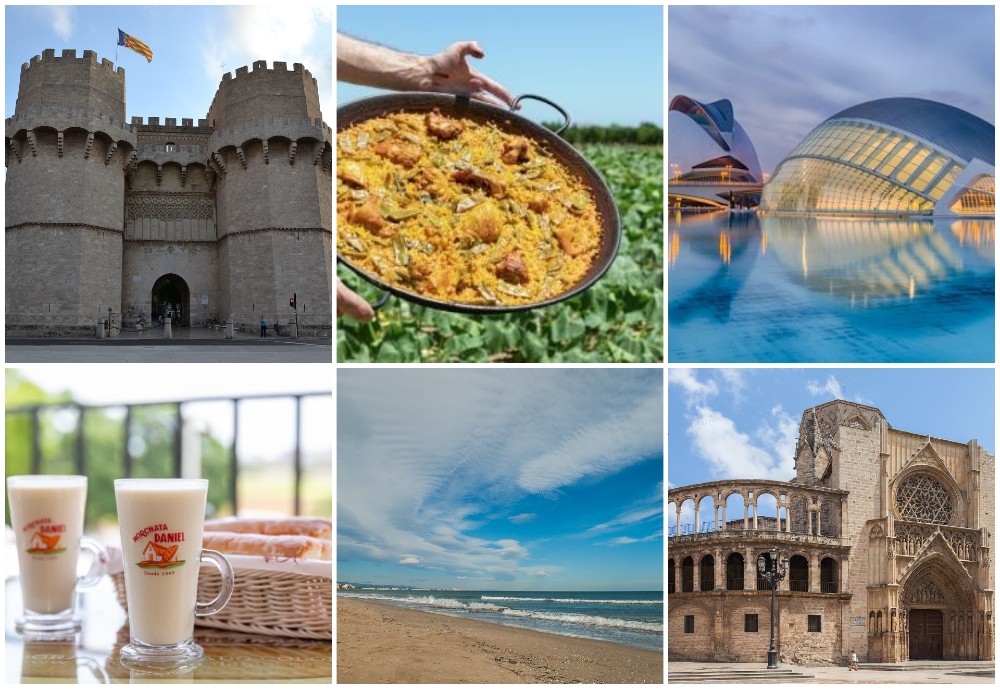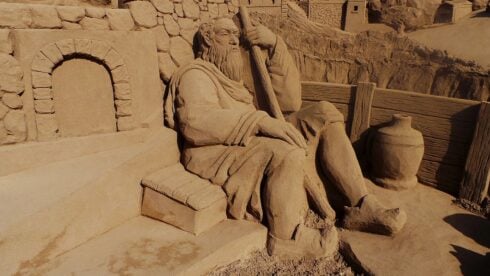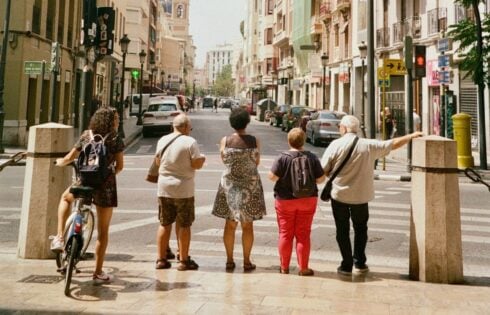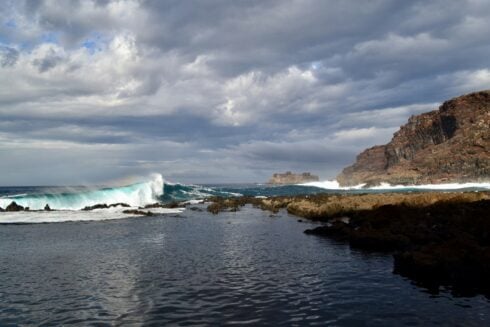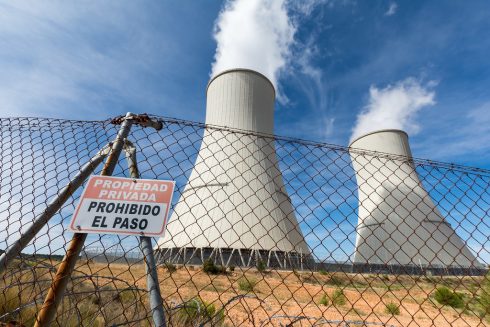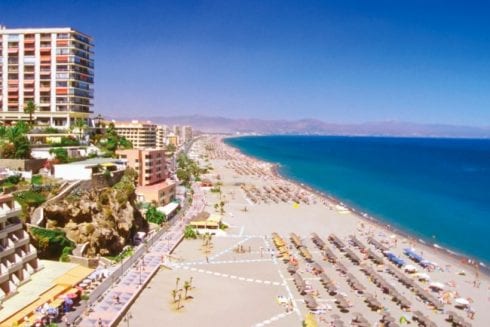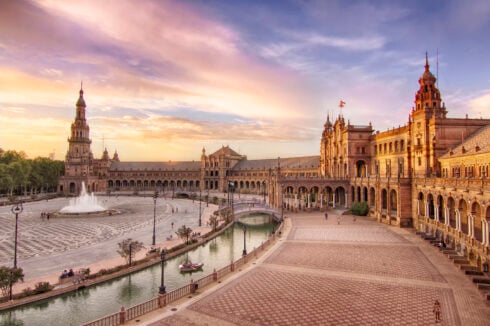IT is Spain’s east coast conurbation. The country’s third biggest city with an important port, occasional grand prix and half decent football team. But for decades, Valencia has been too often overlooked by tourists, who flock to the famous cities of Madrid and Barcelona, or the historic gems further south, like Granada, Cordoba and Sevilla.
Today however, Valencia has truly come into its own. It is now one of the country’s fastest-growing cities… and for all the right reasons.
Aside from its stunning City of Arts and Sciences that has truly put Valencia on the global architectural map, it has worked hard to make its gem of a city centre pedestrian-friendly and scooped some key environmental awards along the way.
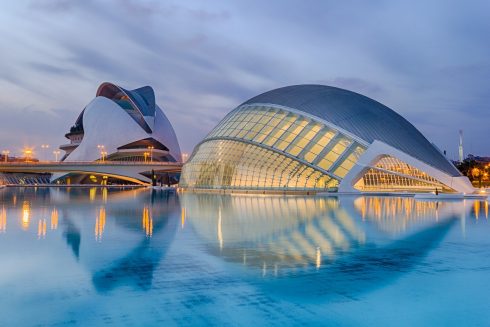
It is not for nothing that thousands of new expats have been relocating from other parts of Spain to make the city their home over the last few years, with Ruzafa, Cabanyal and Patacona some of the favourites.
They appreciate the quality of life of Valencia, which is far better value than its bigger neighbours, but has an equally good climate and friendlier locals.
So what is there to do in this gem of a Meditteranean city?
History tour
For history lovers, there is much to explore. Occupied by the Romans, and later the Moors, Valencia has a unique blend of architecture. First up is the famous Cathedral, built in 1262 on the site of a former mosque. Intricate with Romanesque, Baroque and Gothic styles, it is most famous for the cup Jesus is said to have drunk from during the Last Supper, known as the Holy Grail, and with its own room, understandably. While 200 sites in Europe lay claim to the relic, Valencia’s is one of the strongest, given its cup has been confirmed to be Middle Eastern in origin and forged between 2BC and 1AD.
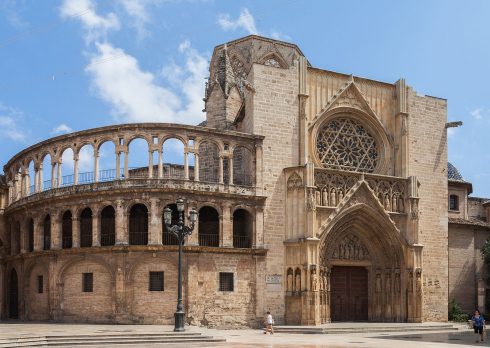
The cathedral’s charms don’t stop there and we strongly recommend climbing the 207 steps of the El Migulete bell tower for stunning panoramic views.
Nearby you’ll find the Church of San Nicholas, celebrated for its magnificent interior, which has been likened to that of the Sistine Chapel.
Make sure you don’t miss the Palace of Marques de Dos Aguas, which is regarded as one of the best examples of Baroque architecture in Spain and a true joy. Inside you’ll find a ceramics museum with prehistoric, Greek, Roman, and Arab works.
Also in the centre are the Torres de Senarros towers, built in the 14th century and once serving as the main entrance to the city.
Another gothic gem is the Silk Exchange (La Lonja de Seda), a UNESCO world heritage site and hallmark of Valencia’s once thriving silk trade.
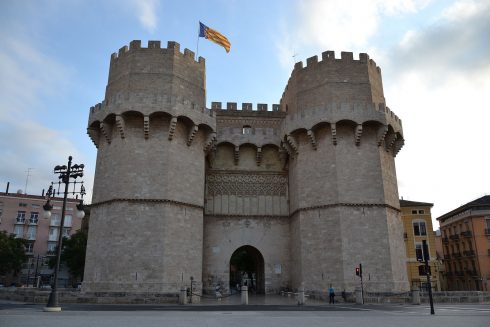
The industry is well explained inside, as well as at the Silk Museum, which you will find in the Velluters barrio.
Other museums worth of note are the Institut Valencia d’art Modern or Museo de Bellas Artes de Valencia for a great sampling of medieval and contemporary Spanish works.
Perfect sands, perfect paella
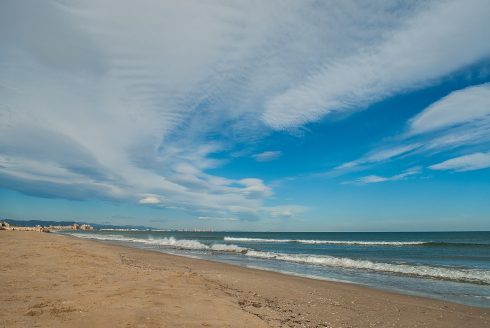
Being by the coast has its advantages, particularly when it comes to beaches.
Valencia’s most famous is Malvarrosa Beach, just a short bus ride from the city center, is a great place for a swim followed by lunch as there are restaurants aplenty where you can try the celebrated local cuisine of paella.
This rice-based dish, spiced with saffron and completed with varying types of meats, was invented in Valencia. The story goes that Moorish servants took the leftovers from royal meals and mixed them together with rice to create the dish. The meal caught on with local farmers and is now known as one of Spain’s signature plates.
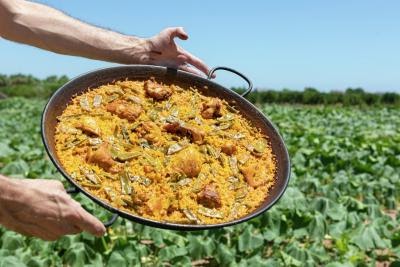
On safari
One of Spain’s most respected zoos is the Bioparc Valencia, a fully immersive zoo that allows you to experience African wildlife including lemurs, elephants, zebras, and giraffes up close.
More wildlife abounds at the Albufera Natural Park, a large freshwater lagoon with over 250 bird species, including flamingos.
Market life
To get a flavour of local life and culture make sure to visit Mercado Central, one of the oldest food markets in Europe. Described as a ‘foodie paradise’, here you’ll find a full range of Valencian produce located in a beautiful building with domed ceilings adorned with mosaics and stained glass.
What to try
Aside from its famous paellas, Valencia is also known for its beverages, in particular, horchata, a cool, sweet, milk-like drink made from tiger nuts that is delicious and nutritious.
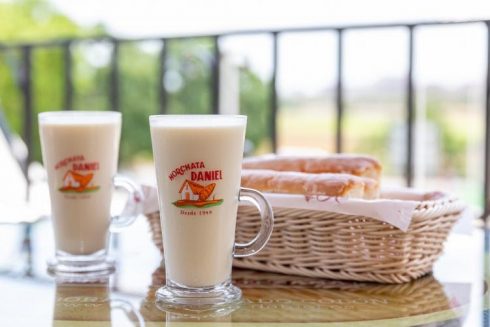
Order it with ‘fartons’ (a sugary pastry) at one of the numerous cafes in the city and you’re in for a treat!
READ ALSO:
- Stratospheric: How Valencia’s City of Arts and Sciences has put the city on Spain’s design map
- How Spain’s Valencia region has become a coastal paradise for wine lovers
- For more travel inspiration visit The Olive Press dedicated travel section
Click here to read more Olive Press Travel News from The Olive Press.

